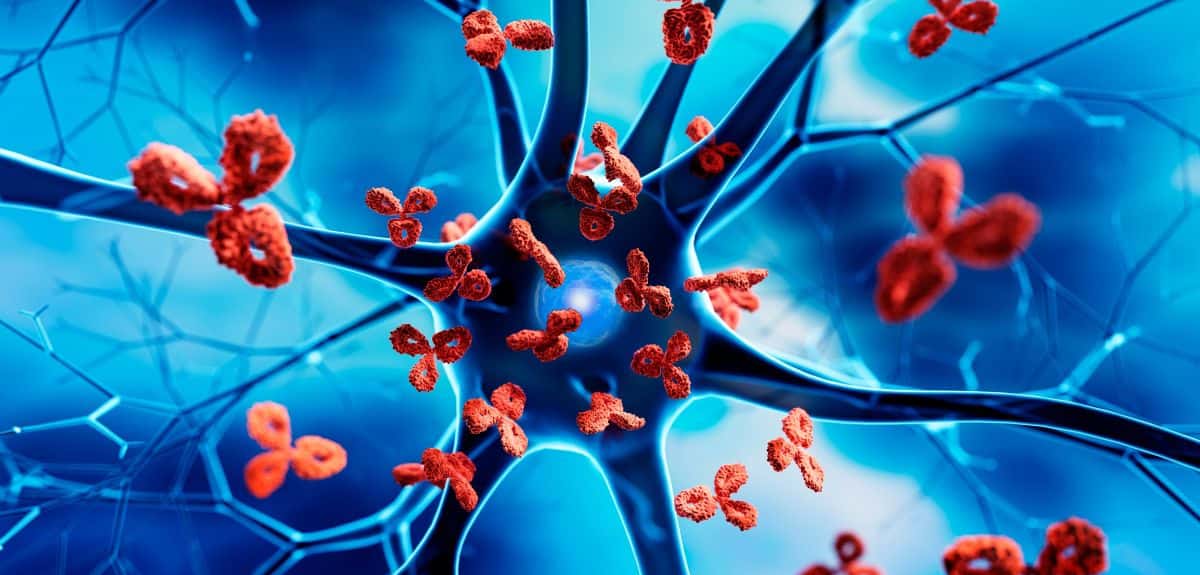
A University of York academic will co-lead on two new projects that will demonstrate how physics can transform our understanding of life. Professor Tom McLeish, from the Department of Physics, will co-lead with academics from York and Oxford on the projects, which have received a total of almost £4 million in funding from UK Research and Innovation (UKRI) and global charitable foundation Wellcome, writes the University of York in a press release.
The first project, co-led by Professor McLeish and Professor Hannah Smithson from the University of Oxford, seeks to answer questions about how our brains process information that enable us to perform complex visual tasks.
Vision
The project will explore how our vision enhances the way we register the world by generating the mysterious patterns of rapid eye movements that are present even in a ‘fixed gaze’.
It is the first project of its kind to combine theoretical physics with neuroscience and psychology to determine how our eyes continually work to achieve the best performance possible and maximise the information available to use.
The findings of the project will contribute to understanding of how tiny, ever-present eye movements contribute to vision.
Additionally, the project’s researchers will use the findings to improve understanding of visual impairment and to inform design of artificial vision systems.
Algae
The second project, co-led by Professor McLeish and Professor Luke Mackinder from the Department of Biology, will understand new ways of capturing CO2 from the atmosphere. It will also explore the physics of how the complex structures of ‘algal pyrenoids’ – which appear inside some types of algae – spontaneously form.
Researchers will explore how single-celled algae, which contain microscopic ‘droplets’ called pyrenoids, can capture carbon by ‘turbocharging’ photosynthesis.
Single-celled algae are amongst the most productive organisms on Earth for capturing carbon, and it is estimated that they trap about 30 percent of the planet’s carbon dioxide emissions. However, the processes by which they do this are poorly understood. Understanding how they do so could lead to new methods of capturing carbon artificially or boosting plant photosynthesis to fix more CO2.
The project aims to generate new knowledge relevant to carbon capture, biological assembly and crop improvement biotechnology.
Collaborative projects
Professor Tom McLeish, who also leads the UK Physics of Life network said: “These new ‘Physics of Life’ project awards are very special to have won for our York teams and collaborations. They represent a new form of collaborative project that links different sciences, and is co-led by two investigators, one from each discipline, rather than one.
“The York Physics of Life group has been instrumental in working with UKRI over the long term to develop their vision for ‘Physics of Life’ and for funding and running these collaborative projects, so it is very exciting to have the chance to show what we can do with them ourselves!”
Also interesting: Matter that is both solid and liquid helps classical physics advance
Selected for you!
Innovation Origins is the European platform for innovation news. In addition to the many reports from our own editors in 15 European countries, we select the most important press releases from reliable sources. This way you can stay up to date on what is happening in the world of innovation. Are you or do you know an organization that should not be missing from our list of selected sources? Then report to our editorial team.






